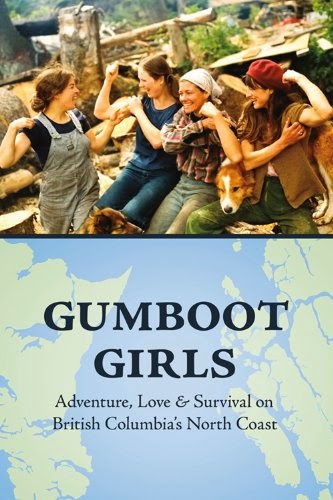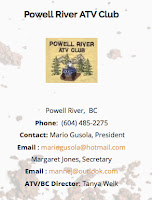 |
| Solar panels and a wind generator on the left. |
My last job was in technology for a school district. But, I have to be honest, electricity has always baffled me. Fortunately Wayne, a physics major, has a better grasp. We live off the grid and have to maintain an electrical system with storage batteries that allow us to use electric devices.
 |
| Our electrical closet, the heart of our system. |
What is electricity? Sparkfun defines it as the flow of electric charge. Current electricity moves. That's the kind we use when something is plugged in. Static electricity is stored energy, like in our batteries.
 |
| Our Air-X wind generator. |
Our system starts with electricity generated by the
sun,
wind,
woodstove heat, and a
backup gas generator. Then it flows as a current to our batteries, is stored, and available for us to use.
How do you measure electricity? That's where
voltage, amps, and watts come in. Voltage, measured in volts, is the force that makes electricity move through a wire. Our battery banks are connected in a 12-volt configuration.
 |
| The inverter is the silver box on the right. |
An
inverter changes the
DC (direct current from our off-the-grid sources) to
AC (alternating current) and boosts the voltage to 110 so we can use small appliances. The current is the flow of electrons through the wire and is measured in amperes (amps). Voltage and current give you electrical power (which is measured in watts). All of these are terms I've heard, but didn't need to understand until we started making our own electrical power.
 |
| The black switch changes from cabin to boat. |
That enough of the technical stuff. Here's our system. It's grown over time, starting with
one solar panel and two storage batteries in 2001. It's increased to two solar panels, a wind generator, a woodstove thermoelectric generator, and six batteries. In 2006, we added a separate system in
Wayne's writer's retreat boat (the Gemini) with one solar panel and six batteries. A switch in our electrical panel allows us to use one system while the other recharges.
Last summer we decided to replace our batteries. After lots of research, Wayne decided to stick with
6-volt golf cart style deep cycle batteries connected together in a series of two to make a 12-volt system. Each pair is then connected in parallel to remain at 12-volts, but increase the storage capacity.
 |
| The Gemini with her solar panel on top. |
Golf cart batteries last about ten years. We've had to replace a few, but our cabin system lasted fourteen years and the Gemini system lasted nine. Of course, we asked our good friend John (who built our cabin in the first place) to help us. He returned the worst batteries for a refund, but kept ten to use at his cabin. Waste not, want not.
 |
| John installing new batteries to the Gemini system. |
We replaced all of the batteries at once because they were close to end-of-life, and it takes only one marginal battery to make a system less efficient. With winter and less solar input on the way, we wanted optimal storage capacity and output. So far, so good. We haven't had to use the backup generator yet.
 |
| The cabin battery bank in its brand new storage box. |
In a future post, I'll let you know some of our tricks to stretch our electrical budget. -- Margy





































































